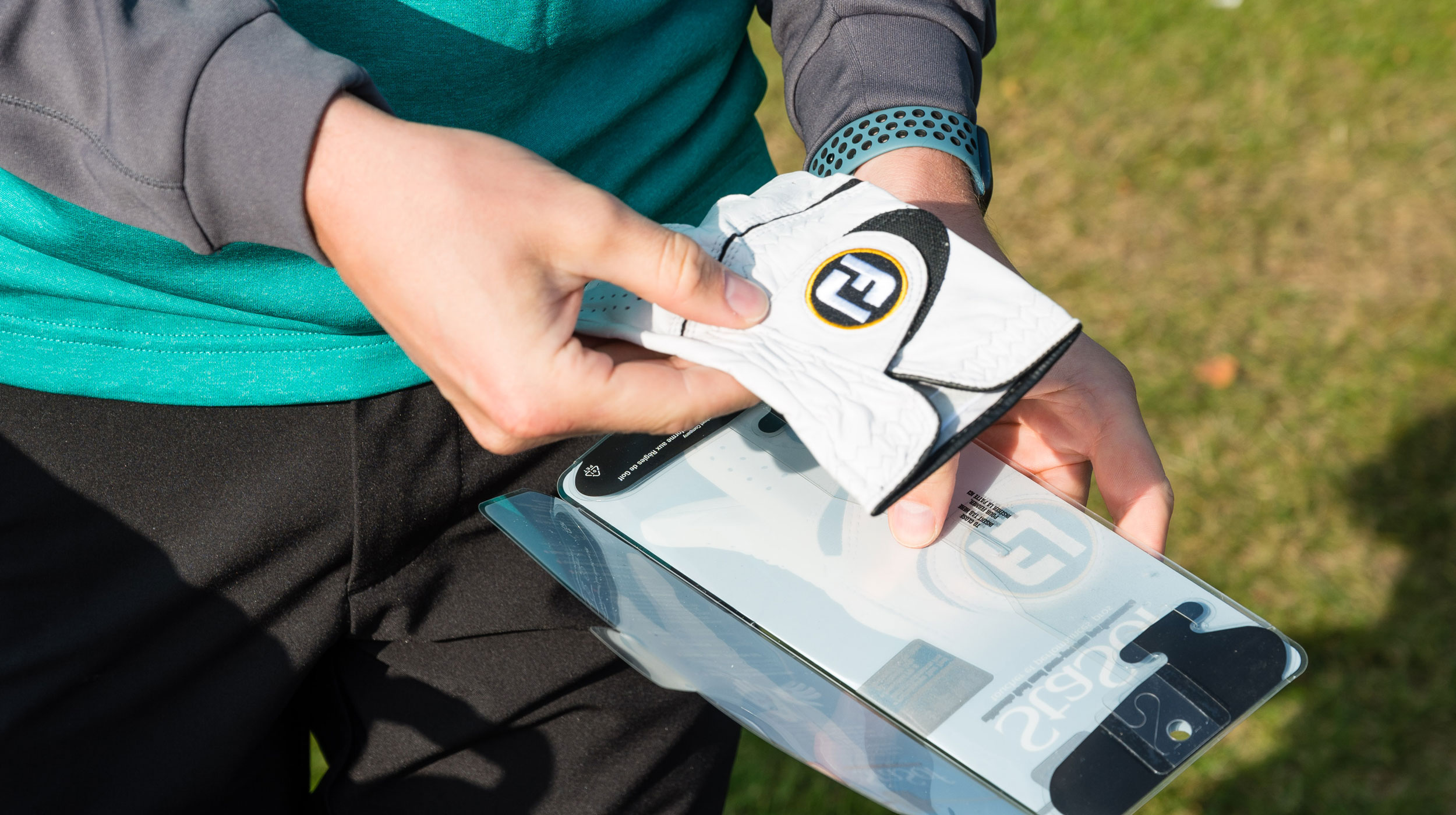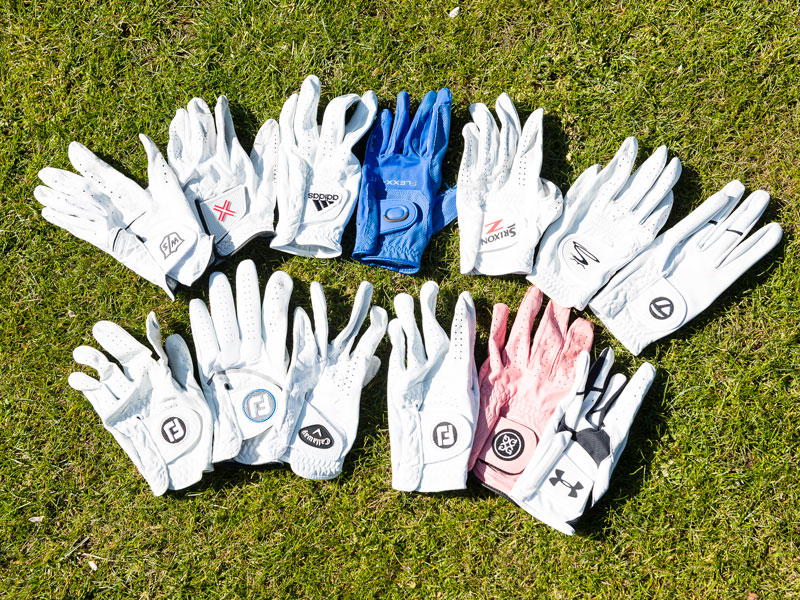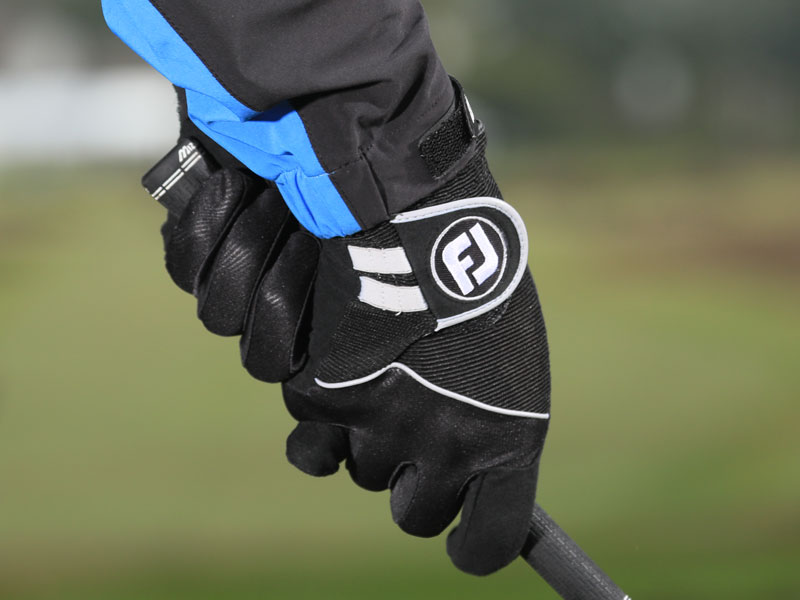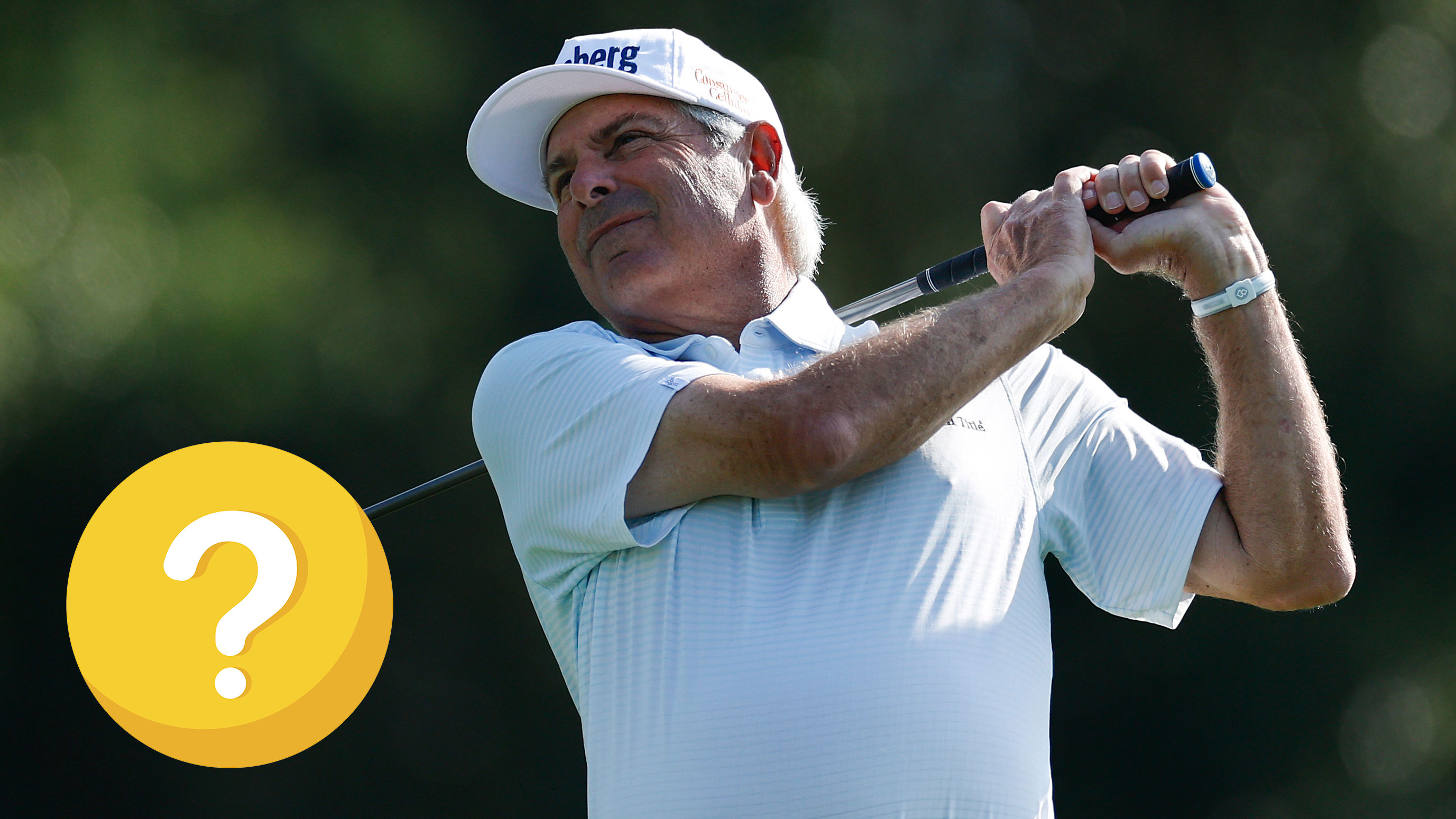Which Hand Do You Wear A Golf Glove On?
Getting the right glove for you and the conditions could improve your game and save you strokes.


Sam Tremlett
Which Hand Do You Wear A Golf Glove On?
Long-time glove-wearing golfers will have a clear-cut answer to the question of which hand do you wear a golf glove on? But those who are new to the game or have perhaps never worn a glove before might not think it’s so obvious. Here below we cover the fundamentals of wearing a golf glove.
Which hand do you wear a golf glove on and why? How do you make sure you get the right glove size and fit? Which gloves can help you in varying on-course conditions? We will look to answer all of these questions below and once you have read this piece, we recommend checking out our comprehensive guide on the best golf gloves too.
Let’s start with the basics…
A golfer who plays right-handed will typically wear a golf glove on their left hand. The reason for this is; with a conventional grip, the left hand is placed at the top of the club and is the lead hand through the swing.
It’s essential that the left hand provides a firm attachment to the club. But in order to swing freely and without tension, you don’t want to be choking the life out of the club. What you need then is great grip with the correct pressure on the club.
Most of us will find that a good golf glove offers more efficient grip than our skin so will help us to hold on to the club with authority and confidence when making a pass at the ball. A glove can also protect the hand and prevent blisters or callouses. Golfers who play left-handed typically wear a glove on their right hand. Some golfers like Aaron Rai choose to wear gloves on both hands as they feel this delivers even better grip and a consistency of feel between the hands.
Get the Golf Monthly Newsletter
Subscribe to the Golf Monthly newsletter to stay up to date with all the latest tour news, equipment news, reviews, head-to-heads and buyer’s guides from our team of experienced experts.
Size and fit
Most gloves come in a range of sizes to suit the majority of hand shapes. A glove should be neat but not constrictive. You don’t want too much movement as this will be counterproductive. You’re looking for a glove to help you reduce movement of the hand on the grip. Make sure there’s a snug fit across the palm and there’s no loose material at the end of the fingers. But you also don’t want a glove to be so tight that it feels like it’s cutting off the blood supply.

You should be able to stretch your fingers and make a ball with your fist without the glove pulling or over-stretching. What you’re really going for is a glove that feels like a second skin. Also, different glove brands and models will deliver different fits and feels.
Try more than one manufacturer to make sure you find the ideal one for your hand shape. Also if you are a woman or a junior player, check out our guides on the best golf gloves for women, and the best kids golf gloves - both of which feature models with specific sizing for women and junior hands.
Which gloves for which conditions?
In fine and fair weather, you might opt for a premium Cabretta leather, or similar, golf glove. Most manufacturers like Ping, TaylorMade and Callaway produce soft leather gloves that are the choice of Tour players and discerning amateur golfers. FootJoy also make some of the best which is why we created a guide on the best FootJoy golf gloves.
The leather glove offers the ultimate in comfort and a tacky grip on the club. They may not be the most durable, nor will they survive in the wettest weather, but a leather glove will deliver the most feedback and feel through the swing and on shorter shots.

In changeable conditions, an all-weather synthetic glove could be the best choice. Constructed from more durable fabric, they are generally longer lasting and will stand up to wet weather better than a leather option. But when the rain really starts to come down, you’d be better off looking at one of the best rain golf gloves on the market. These gloves are specifically designed to become grippier the wetter they get.
They can really help you hold on to the club and to your score when the heavens open. Many rain gloves are available in pairs and you may find it more effective, and comfortable to wear on both hands.
The same can be said for winter gloves. When the temperature drops, a pair of winter gloves could keep your hands warm, allowing you to continue to play to potential. As such here we consider the best golf gloves for winter.

Fergus is Golf Monthly's resident expert on the history of the game and has written extensively on that subject. He has also worked with Golf Monthly to produce a podcast series. Called 18 Majors: The Golf History Show it offers new and in-depth perspectives on some of the most important moments in golf's long history. You can find all the details about it here.
He is a golf obsessive and 1-handicapper. Growing up in the North East of Scotland, golf runs through his veins and his passion for the sport was bolstered during his time at St Andrews university studying history. He went on to earn a post graduate diploma from the London School of Journalism. Fergus has worked for Golf Monthly since 2004 and has written two books on the game; "Great Golf Debates" together with Jezz Ellwood of Golf Monthly and the history section of "The Ultimate Golf Book" together with Neil Tappin , also of Golf Monthly.
Fergus once shanked a ball from just over Granny Clark's Wynd on the 18th of the Old Course that struck the St Andrews Golf Club and rebounded into the Valley of Sin, from where he saved par. Who says there's no golfing god?
- Sam TremlettSenior E-commerce Editor
-
 Who Is On Rory McIlroy’s Team? Coaches, Caddie, Wife And More
Who Is On Rory McIlroy’s Team? Coaches, Caddie, Wife And MoreRory McIlroy is one of the game’s biggest stars, but who are the key figures behind the scenes helping his career soar while he keeps his feet on the ground?
By Mike Hall Published
-
 Real Players Use Long Irons, Right? Well, Fred Couples Nearly Made The Cut At The Masters At 65 Years Old, And His Longest Iron Is A…
Real Players Use Long Irons, Right? Well, Fred Couples Nearly Made The Cut At The Masters At 65 Years Old, And His Longest Iron Is A…Both Couples and Bernhard Langer turned back the clock brilliantly over the first two days at Augusta National and did so with some interesting bag setups.
By Joe Ferguson Published